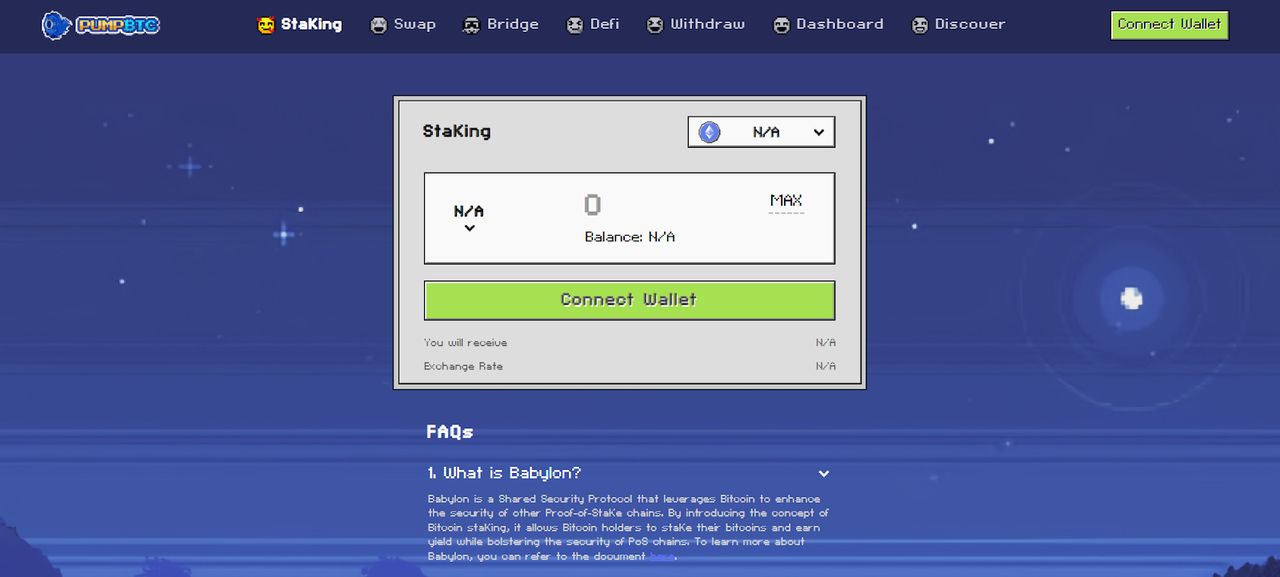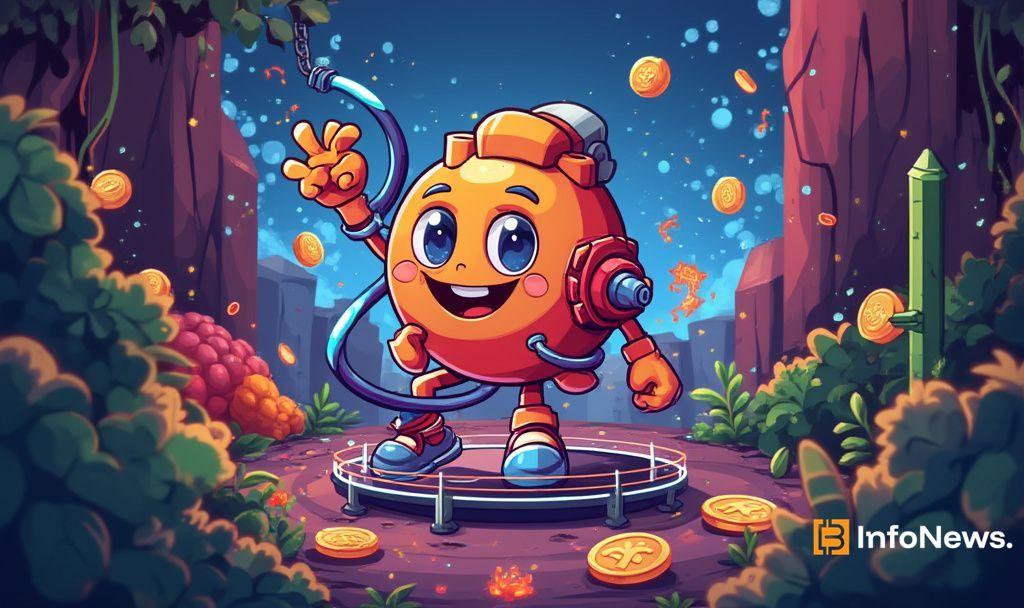Solana Eyes $250 as Holder Influence Grows
Solana (SOL) is aiming to break through the $250 resistance level, with both retail and institutional investors driving its decentralized finance (DeFi) ecosystem forward.
These diverse holders play a critical role in the network’s stability and governance, contributing to its ongoing expansion and resilience.
Currently, Solana’s total supply stands at 590.1 million SOL, with 479.02 million circulating. The network’s unique approach allows for inflationary issuance, unlike some cryptocurrencies with a capped supply, helping to secure the network and incentivize validators over time.
Solana’s holder distribution paints an interesting picture: over 9 million holders contribute to the ecosystem, with the top 10 wallets holding around 6.58% of the total supply.
As the number of large holders increases, the top 20 wallets control 11.03%, while the top 50 and 100 hold 17.52% and 22.76%, respectively. This is typical for blockchain ecosystems, where a concentration of wealth exists among fewer, larger holders.
However, with anonymity being a key feature of blockchain technology, Solana’s top wallets remain private, shielding them from targeted attacks but also raising questions about centralization. These large wallets own a notable portion of the circulating supply, with individual shares ranging between 0.49% and 1.01%.
Disclaimer: The content of this article solely reflects the author's opinion and does not represent the platform in any capacity. This article is not intended to serve as a reference for making investment decisions.
You may also like

Research Report | In-depth Analysis of PumpBTC & PUMP Market Valuation

Pump Fun Introduces PumpFi for Memecoins and NFTs Funding

Bitcoin Price Weakness: Exploring Factors Beyond the US Tariff War and Market Sentiment
